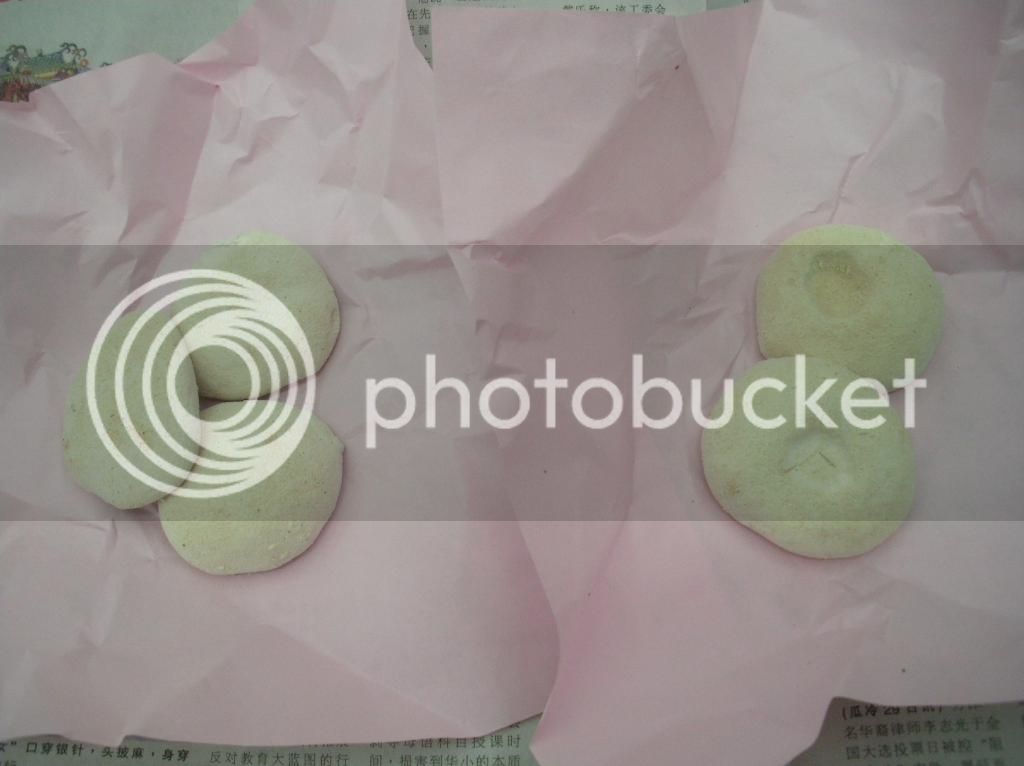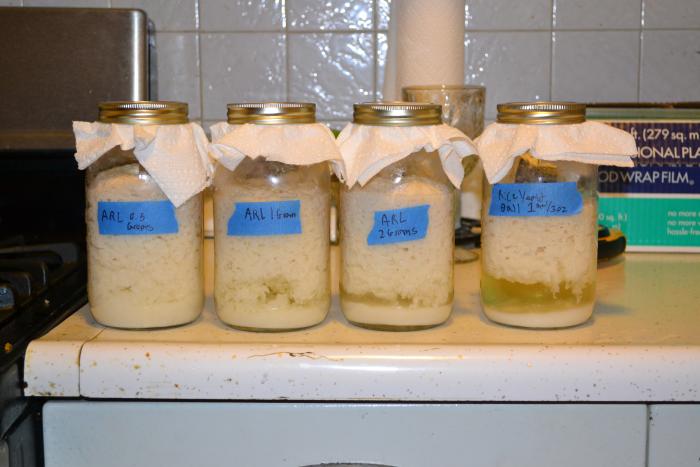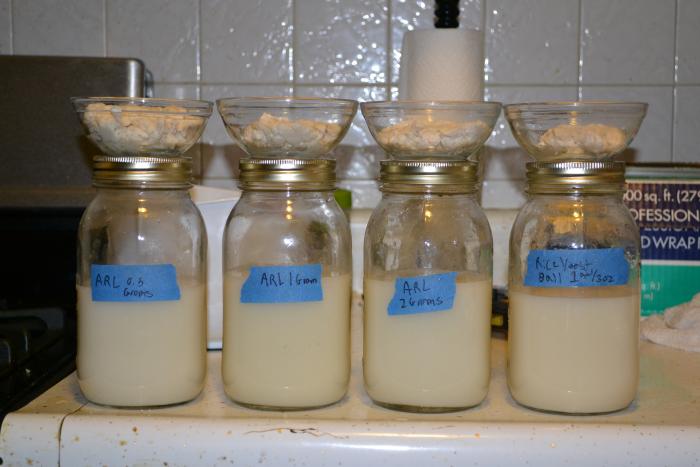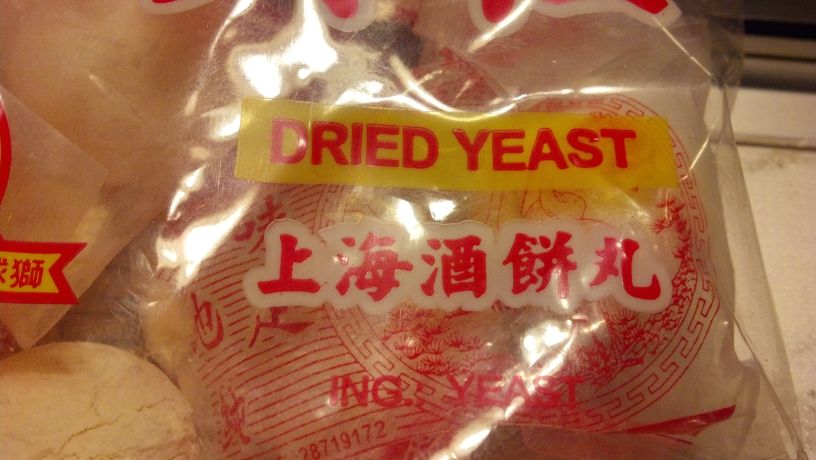That's funny, earlier in my career, I worked in a call center and we had a QA department that would dock you for crazy ****. Saying bye-bye at the end of a call...I don't miss those days at all.
I know what you mean by names and titles. But I don't really get too caught up in "Proper" names. I had one person correct me when I referred to Joes Quick Grape Mead and they said "actually it's a pyment!" in a really condescending and stuck up tone. I quickly responded with "I'd like to call you rude when you interrupted my conversation but actually you're a pompous as$h@le!"
Anyway, I'm really looking for ideas on what to combine and I figured it would be easier to do an internet search if I knew the name or title.
I know what you mean by names and titles. But I don't really get too caught up in "Proper" names. I had one person correct me when I referred to Joes Quick Grape Mead and they said "actually it's a pyment!" in a really condescending and stuck up tone. I quickly responded with "I'd like to call you rude when you interrupted my conversation but actually you're a pompous as$h@le!"
Anyway, I'm really looking for ideas on what to combine and I figured it would be easier to do an internet search if I knew the name or title.








